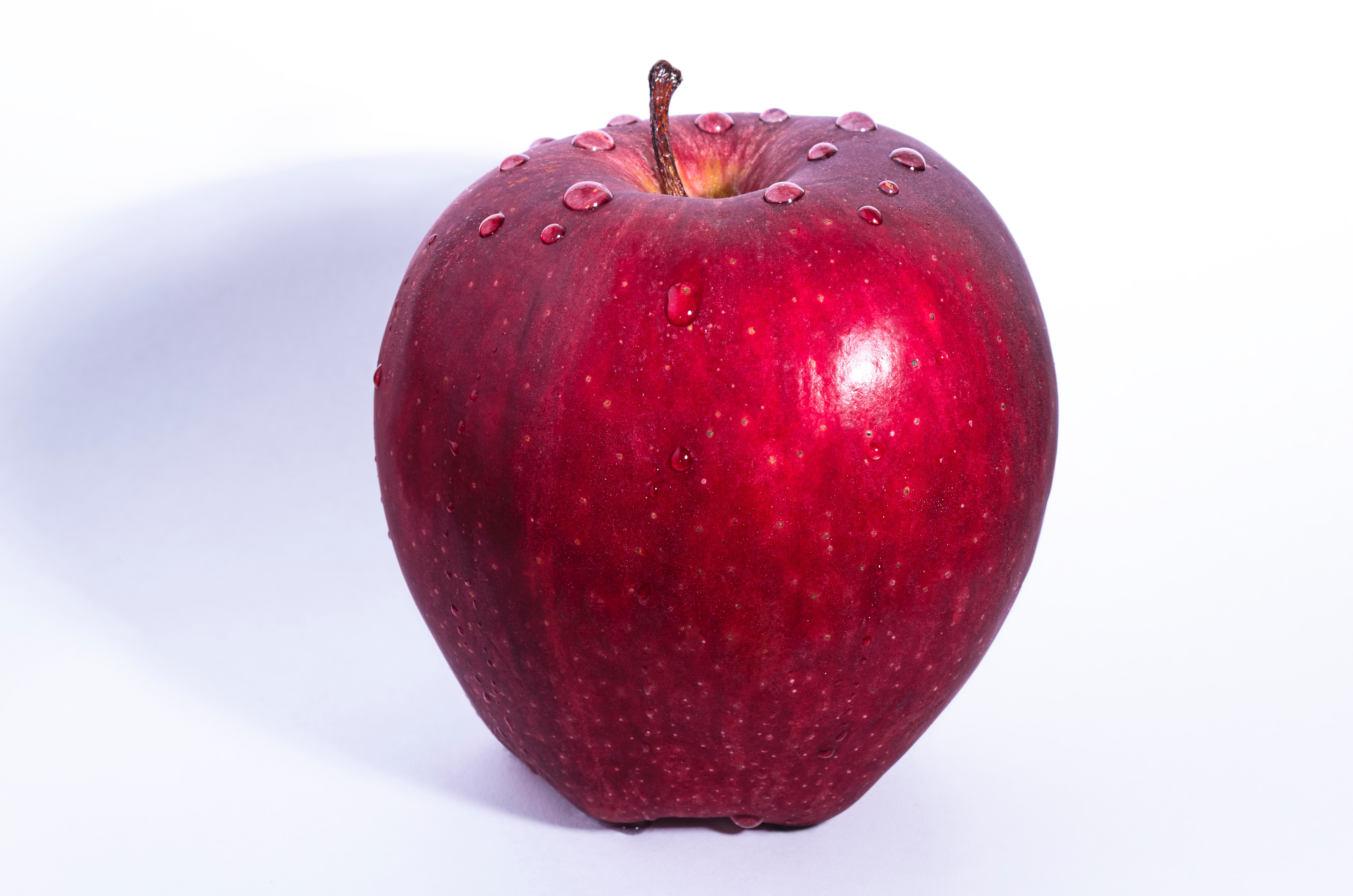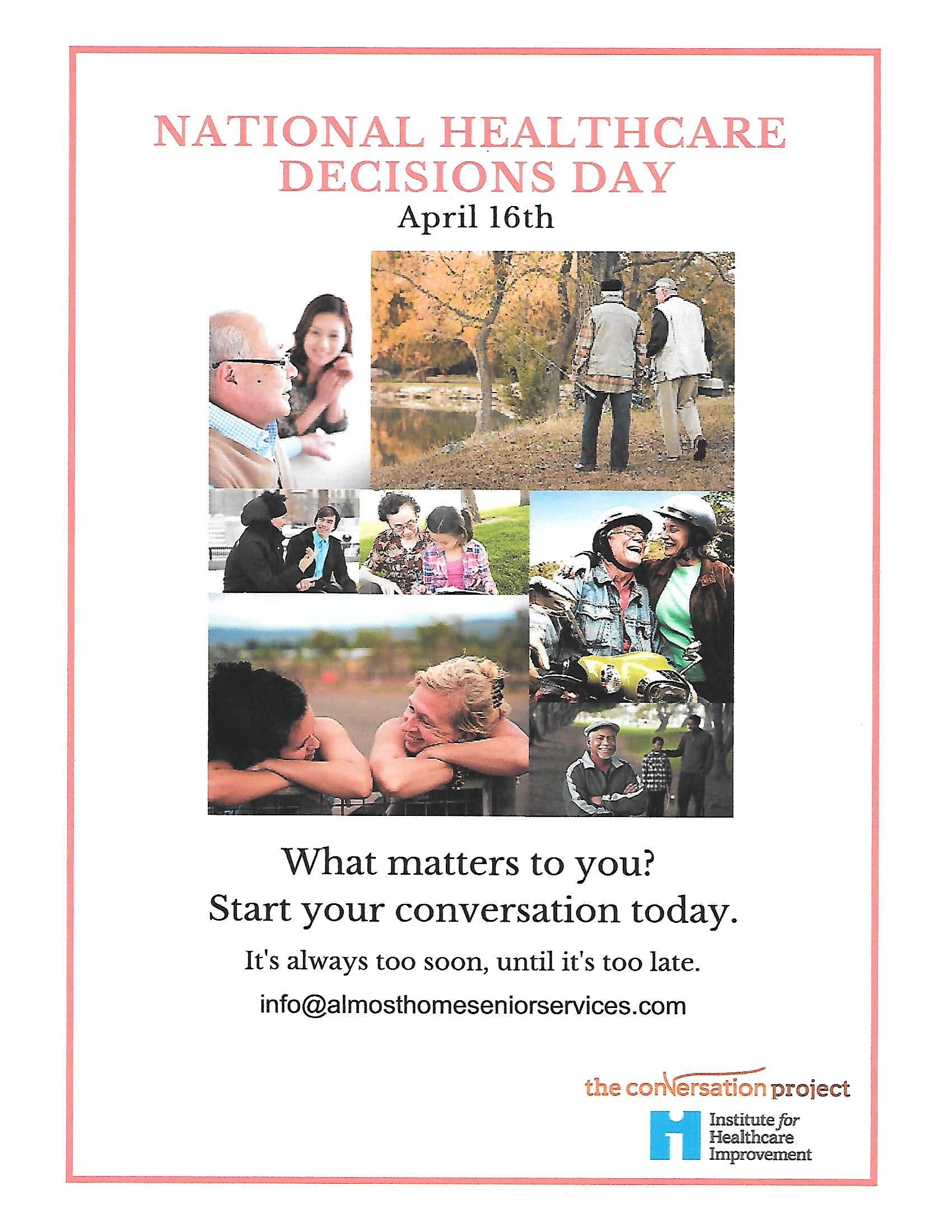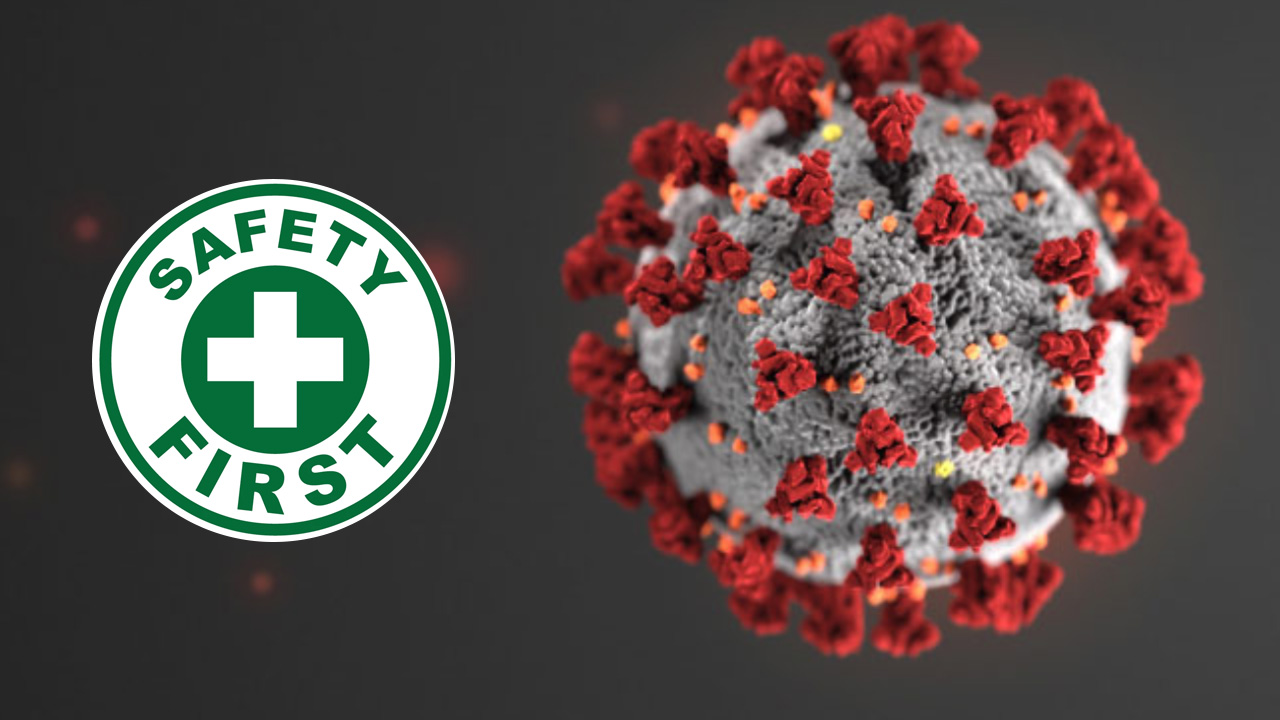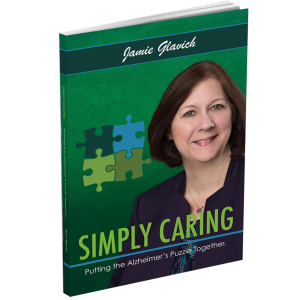
Do you love your brain? June is Alzheimer’s and Brain Awareness month, so I thought I would share some love with you, especially how to love your brain!
My wish is that talking about 10 Ways to Love Your Brain will ignite an awareness that we need to begin caring for our brains. If we begin this now, we can create a healthy lifestyle that will lead us to a happy life. The Alzheimer’s Association has come up with 10 Ways to Love your Brain. We know with research that a healthy heart helps create a healthy brain.
The first three loving ways to treat your brain are: following your heart, being aware and fueling up right. The ways to follow your heart include keeping your blood pressure in check and your weight below the obesity level; therefore, reducing the risk of having a heart attack, stroke, or diabetes which negatively impacts your cognitive health. Secondly, a risk for Alzheimer’s and dementia is brain injury. Protect your brain by wearing a helmet when playing sports, riding a bike or operating a motorcycle and wear your seatbelt. Thirdly, nutrition and eating a balanced diet is so important to staying healthy. Keep hydrated by drinking 8 glasses of water daily and eating a balanced diet of more fruits and vegetables than meat.
The next three healthy habits for loving your brain are: catching some zzz’s, taking care of your mental health and buddying up. It is important to get sleep because lack of sleep can cause memory and thinking problems. Take care of your mental health to protect yourself against depression, anxiety, and stress. Taking care of your mental health is also be done by finding an outlet by supporting your community and sharing activities with friends and family.
The final four ideas for brain love are: stumping yourself, breaking a sweat, hitting the books and butting out. Challenge your brain by playing games that require strategy, difficult enough to stump yourself. Read more books, take a class, or go to a seminar. Formal education reduces cognitive decline, so try to learn or do a new thing daily. Keeping your body healthy is part of loving your brain, so break a sweat and exercise regularly to elevate your heart rate to increase blood flow. And lastly, do not smoke. Smoking increases heart disease, vascular problems, risk for stroke, lung disease and cognitive decline.
It is never too late to change some habits and create healthier ones!










